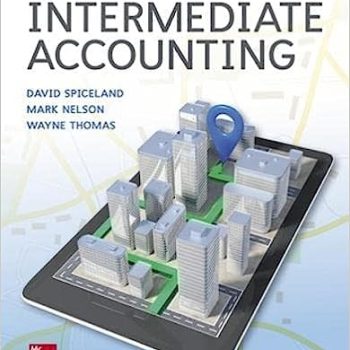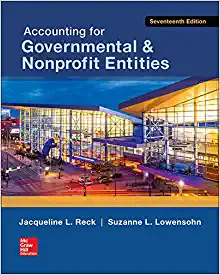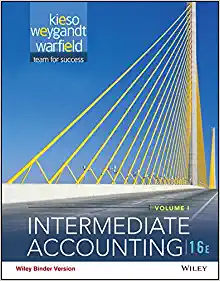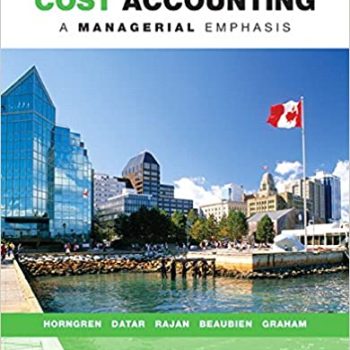Test Bank For Intermediate Accounting 8th Edition By David Spiceland James Sepe Mark Nelson
Chapter 01: Environment and Theoretical Structure of Financial Accounting
True / False Questions
1. The primary function of financial accounting is to provide relevant financial information to parties external to business enterprises.
True False
2. Accrual accounting attempts to measure revenues and expenses that occurred during accounting periods so they equal net operating cash flow.
True False
3. The FASB is currently the public-sector organization responsible for setting accounting standards in the United States.
True False
4. The FASB’s due process invites various interested parties to indicate their opinions about whether financial accounting standards should be changed.
True False
5. Accounting for stock-based compensation is an area in which the FASB has received little political interference.
True False
6. The Public Reform and Investor Protection Act of 2002 (Sarbanes-Oxley) changed the entity responsible for setting auditing standards in the United States.
True False
7. A rules-based approach to standard-setting stresses professional judgment as opposed to following a list of rules.
True False
8. Under federal securities laws, the SEC has the authority to set accounting standards in the United States.
True False
9. The primary responsibility for properly applying GAAP when communicating with investors and creditors through financial statements lies with a firm’s auditors.
True False
10. Auditors play an important role in the resource allocation process by adding credibility to financial statements.
True False
11. The purpose of the conceptual framework is to provide a structure and framework for a consistent set of GAAP.
True False
12. In the United States the conceptual framework indicates GAAP when a more specific accounting standard does not apply.
True False
13. Materiality can be affected by the dollar amount of an item, the nature of the item, or both.
True False
14. According to the FASB’s Statements of Financial Accounting Concepts, conservatism is a desired qualitative characteristic of accounting information.
True False
15. Equity is a residual amount representing the owner’s interest in the assets of the business.
True False
16. Revenues are inflows or other enhancements of assets or settlements of liabilities from activities that constitute the entity’s ongoing operations.
True False
17. Gains or losses result, respectively, from the disposition of business assets for greater than, or less than, their book values.
True False
18. Comprehensive income is another term for net income.
True False
19. The FASB’s conceptual framework lists relevance and timeliness as the two fundamental qualitative characteristics of decision useful information.
True False
20. The monetary unit assumption requires that items in financial statements be measured in a particular monetary unit.
True False









Reviews
There are no reviews yet.